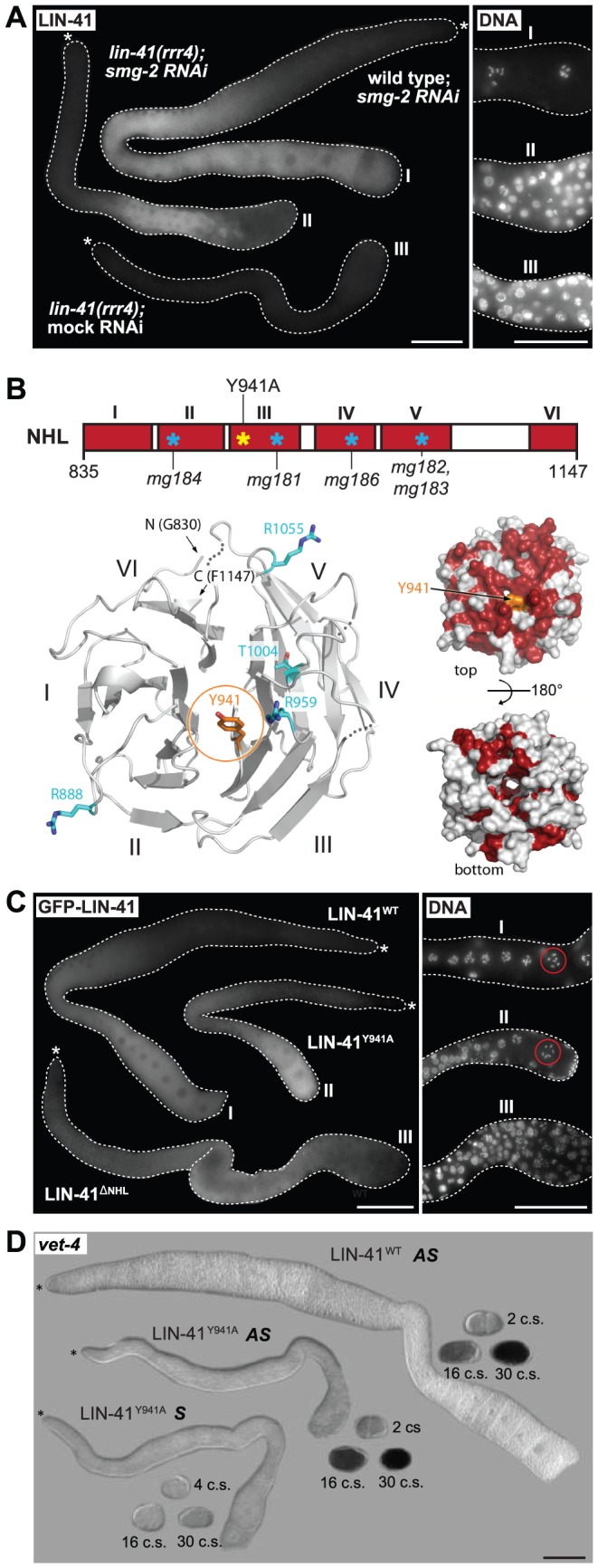Figure 7. LIN-41 may control the germline-to-soma transition independently from its role in mRNA regulation.

A. Fluorescence micrographs of lin-41(rrr4) gonads stained for LIN-41. Left: suppressing nonsense-mediated mRNA decay (by smg-2 RNAi) restores the expression of LIN-41rrr4. Right: by maximum intensity projections of DAPI staining, LIN-41rrr4 does not rescue the oocyte defects observed in LIN-41-depleted gonads. In contrast to the wild-type gonad containing oocytes in the proximal-most region (I), the gonad expressing LIN-41rrr4 (II) (n = 15) accumulates smaller nuclei, which are similar to those in the LIN-41-depleted gonad (III). Scale bars: 50 µm. B. Top: a schematic view of the LIN-41 NHL domain and its six β-propellers marked in red (I–VI). Previously identified mutations [29] and our point mutant “LIN-41Y941A” are indicated. Bottom left: a homology model of the LIN-41 NHL domain viewed from the electropositive side. The NHL propeller blades are numbered (I–VI) and N-/C-termini are indicated. The residue Y941 is shown in orange atom colors. Known substitution mutations [29] are displayed as sticks in cyan (atom colors). Loops that could not be modeled due to lack of homology are shown as dotted lines. Bottom right: surface representation of the LIN-41 NHL domain homology model in two orientations (rotated by 180° along a horizontal axis). Fully conserved surface-exposed residues are marked in red (see alignment in Figure S8). Y941 (in orange) is in the center of the highly conserved surface patch on the electropositive side of the NHL domain. C. Left: gonads expressing the indicated GFP-tagged LIN-41 variants in otherwise lin-41(rrr3) gonads. Right: by maximum intensity projections of DAPI staining, LIN-41ΔNHL did not rescue the oocyte defects, as evident by the accumulation of smaller nuclei similar to those in the LIN-41-depleted gonad. In contrast, gonads expressing LIN-41Y941A contained overall normal oocytes and LIN-41Y941A rescued the sterility of lin-41(rrr3) animals. At least 50 gonads per strain were examined. Scale bars: 50 µm. D. In situ hybridization against an endogenous EGA transcript, vet-4. Shown are light micrographs of gonads and embryos (at the indicated cell stages, “c.s.”), which were hybridized with antisense (AS) or sense (S) probes for the vet-4 mRNA. Similarly to the gonads expressing the rescuing LIN-41WT, vet-4 mRNA was absent from the gonads expressing LIN-41Y941A. Scale bar: 50 µm.
